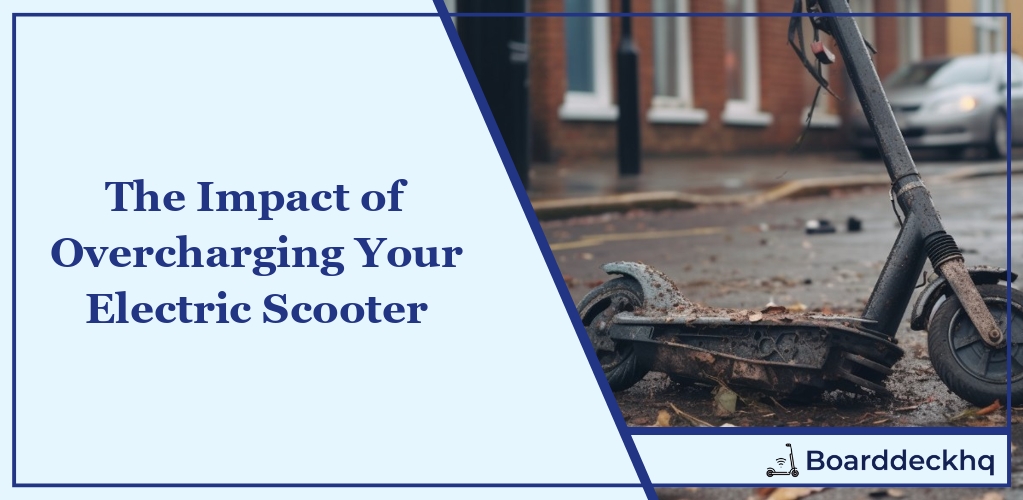Did you know that your electric scooter’s battery could be its Achilles heel? This integral part of your scooter is susceptible to a common, yet often overlooked pitfall – overcharging. While it may seem harmless, the consequences of overcharging can be surprisingly severe, impacting not just your ride’s performance but its overall lifespan too. In this article, we’ll dive into the world of electric scooter batteries, explore the signs of overcharging, and equip you with best practices to protect your ride and maximize its efficiency.
What we’ll cover:
- The Fundamentals of Scooter Batteries
- The Aftermath of Overcharging
- The Science of Battery Degradation
- Spotting Overcharging Symptoms
- Overcharging Prevention Strategies
- Prolonging Your Scooter’s Battery Life
Ready to become an expert in electric scooter care? Let’s delve into the fascinating world of batteries and overcharging!
Understanding the Basics of Electric Scooter Batteries
Like the heart pumping life into the body, the electric scooter battery fuels the entire system of modern electric scooters. Predominantly, two types of batteries are used in these vehicles: lithium-ion batteries and lithium-polymer batteries.
Think of lithium-ion batteries as the workhorses of the electric scooter world. They are popular due to their longevity, high energy density, and cost-effectiveness. Lithium-ion batteries can typically be recharged hundreds of times before any significant capacity loss, making them an ideal choice for daily commuting.
On the other hand, lithium-polymer batteries are like the thoroughbreds of the race. They are generally lighter and can be molded into different shapes, allowing for more flexibility in scooter design. However, they tend to have a shorter lifespan than their lithium-ion counterparts and can be a bit more expensive.
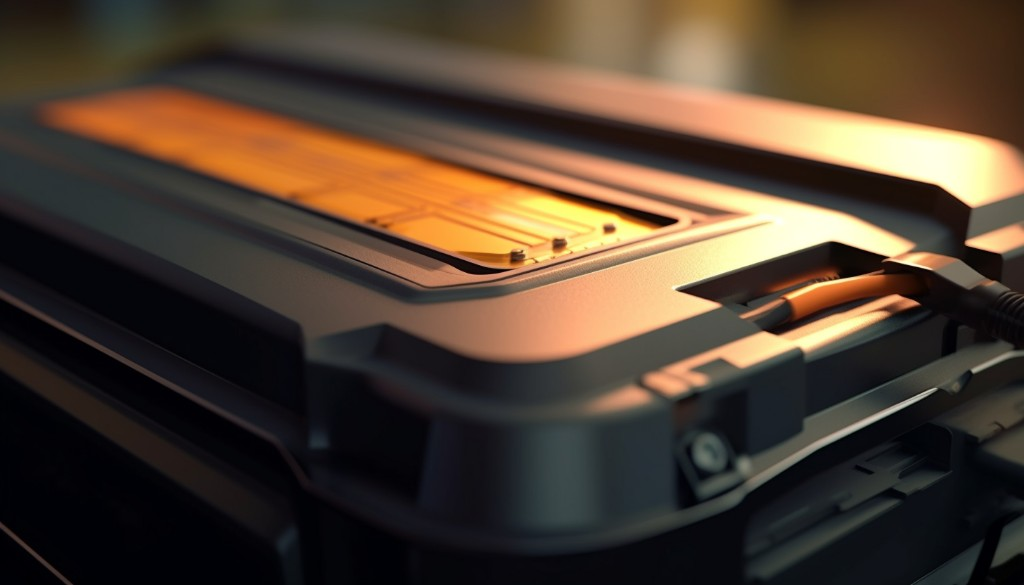
What Happens When You Overcharge an Electric Scooter Battery?
Now, let’s delve into what it means to overcharge an electric scooter battery. Overcharging happens when a battery is left to charge beyond its maximum capacity. It’s like trying to fill a glass that’s already full to the brim – the excess water has nowhere to go and simply spills over.
This ‘spillover’ in batteries is detrimental to the electric scooter battery life. It can lead to decreased capacity, meaning your scooter won’t be able to hold a charge as well as it once could. Additionally, overcharging can lead to increased charging time, as the battery struggles to reach its full capacity.
This scenario is akin to a marathon runner who over-trains and exhausts himself before the actual race. Despite his efforts, he ends up performing worse due to his overexertion. Similarly, an overcharged battery works harder, degrades faster, and ultimately delivers less power.
The Dangers of Overcharging: From Battery Health to Safety Risks
Overcharging not only affects battery health but also presents significant safety risks. One of the primary dangers is battery swelling. When a battery is overcharged, excess heat is generated. This heat can cause the electrolyte inside the battery to expand, leading to a swollen or bloated battery.
Battery degradation is another concern. Each charge cycle wears down the battery slightly, but overcharging accelerates this wear and tear. Over time, this can result in a significant reduction in the battery’s lifespan.
Then there’s the risk of overheating. An overcharged battery can get exceptionally hot, and if not properly managed, it can reach temperatures that pose a fire risk. It’s like leaving a pot on the stove unattended – it might be fine for a while, but if left too long, it could lead to a disastrous kitchen fire.
So, while it might be tempting to leave your scooter plugged in overnight for convenience, remember that overcharging can have serious consequences. Not only can it decrease your scooter’s performance and lifespan, but it can also pose a significant safety hazard.

Identifying Signs of Overcharging: From Performance Drop to Fire Risk
Ever wondered what would happen if you kept your electric scooter plugged in way past its charging time? Well, overcharging your scooter can lead to a slew of negative consequences that can significantly affect it’s performance and lifespan.
When you overcharge an electric scooter, the first thing you’ll notice is a drop in scooter performance. It might start off as minor inconveniences like slower speeds or decreased range, but over time, these can snowball into serious issues. That’s because overcharging affects the battery capacity, which is the energy your scooter has available to run. You might find that your scooter can’t travel as far as it used to on a single charge or that it doesn’t reach its top speed anymore. These are signs that the battery capacity has been reduced due to overcharging.
The damage doesn’t stop at reduced performance, though. Overcharging can also cause physical damage to the battery. You might notice that the battery becomes unusually hot during charging or use, or you might see swelling or leaking. In severe cases, the battery can even rupture or catch fire. This is because overcharging causes the battery to generate excess heat, which can lead to a chemical reaction that produces flammable gases. If these gases aren’t properly vented, they can build up inside the battery and lead to a fire or explosion.
In short, overcharging your electric scooter can lead to reduced performance, decreased battery capacity, physical battery damage, and even battery failure. If you notice any of these signs, it’s crucial to take immediate action to prevent further damage.

How Charger Malfunction Contributes to Overcharging
We’ve talked about the dangers of overcharging an electric scooter, but how does it happen in the first place? One of the main culprits is charger malfunction.
When you charge an electric scooter, you typically use a power adapter that plugs into a charging port on the scooter. This power adapter converts the electricity from your wall outlet into a form that the scooter’s battery can use. It also regulates the amount of electricity that goes into the battery to prevent overcharging.
However, if the power adapter or charging port is faulty, it might not properly regulate the electricity going into the battery. This can lead to overcharging, as the battery continues to draw power even after it’s fully charged.
A faulty charger might not cut off the power supply when the battery is full, or it might provide an inconsistent power flow that confuses the battery’s charging system. Similarly, a damaged charging port might not properly connect with the power adapter, leading to similar issues.
In some cases, using an incompatible charger can also lead to overcharging. Not all chargers are created equal, and using one that isn’t designed for your specific scooter model can cause problems. It might provide too much or too little power, or it might not have the right safety features to prevent overcharging.
So remember, while it’s easy to just plug in your scooter and forget about it, it’s important to pay attention to how you charge it. Using a faulty or incompatible charger can lead to overcharging, which can damage your scooter’s battery and reduce its performance and lifespan.

Preventing Overcharging: Best Charging Practices for Your Electric Scooter
There’s an old saying that goes, “An ounce of prevention is worth a pound of cure.” In the world of electric scooters, this couldn’t be truer. The most effective way to prevent overcharging is to follow the best charging practices for your electric scooter consistently.
Optimal Charging Time
Just like you wouldn’t leave a pot of water boiling indefinitely, it’s not advisable to charge your electric scooter indefinitely. Each electric scooter model comes with a manufacturer-recommended charging time. This is usually between 4 to 6 hours but can vary depending on the model and the condition of the battery.
To avoid overcharging, it’s best to stick to this recommended charging time as closely as possible. A good habit to develop is to set a timer on your phone or watch to remind you when it’s time to unplug the charger.
Ideal Charging Temperature
Think of charging your electric scooter like baking a cake. If the oven temperature is too high or too low, the cake won’t bake properly. Similarly, charging your scooter in extreme temperatures can damage the battery and potentially lead to overcharging.
The ideal temperature for charging your scooter is between 50-77°F (10-25 °C). Charging at temperatures outside this range can cause the battery to heat up, reducing its lifespan and efficiency. If you live in a place with extreme temperatures, consider charging your scooter indoors where the temperature is more controlled.
Precautions during Charging
Just as you wouldn’t leave a toddler unattended with a box of matches, it’s not wise to leave your scooter unattended while charging. Regularly check on it during the charging process to ensure everything is running smoothly.
Avoid using third-party chargers that aren’t designed for your specific electric scooter model. These can deliver the wrong voltage or current, leading to overcharging. Always use the charger provided by the manufacturer.
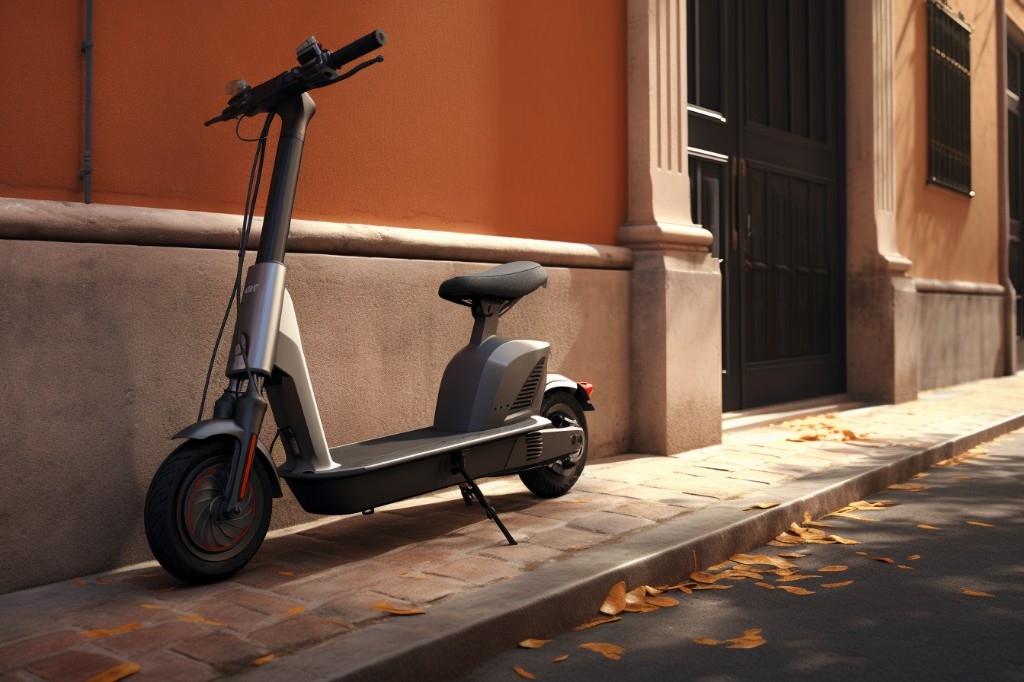
Understanding Battery Overcharge Protection and Its Importance
To better understand overcharge protection, let’s use an analogy. Imagine you’re filling a glass with water. If you continue to pour water after the glass is full, it will overflow. Now imagine if there was a mechanism that automatically stopped the water flow when the glass was full. That’s essentially what battery overcharge protection does for your scooter’s battery.
Battery overcharge protection is a feature built into modern electric scooters to prevent the battery from receiving more charge than it can hold. It’s like a vigilant guard that stops the charging process once the battery reaches its capacity.
This feature is crucial because it not only prevents overcharging but also prolongs the life of your battery and enhances the overall safety of your scooter. It works by monitoring the voltage level of the battery. When this level reaches a certain threshold, the protection circuit cuts off the power supply, effectively stopping the charging process.
However, while this feature provides an added layer of protection, it’s not foolproof. For instance, if the scooter’s charger malfunctions, it can override the overcharge protection, leading to an overcharged battery. Therefore, it’s essential to maintain good charging habits alongside relying on overcharge protection.
In the world of electric scooters, knowledge is power. Understanding how to properly charge your electric scooter and how overcharge protection works can save you from a lot of trouble down the line. It can also extend the lifespan of your E-Scooter and give you more miles of fun and convenience.
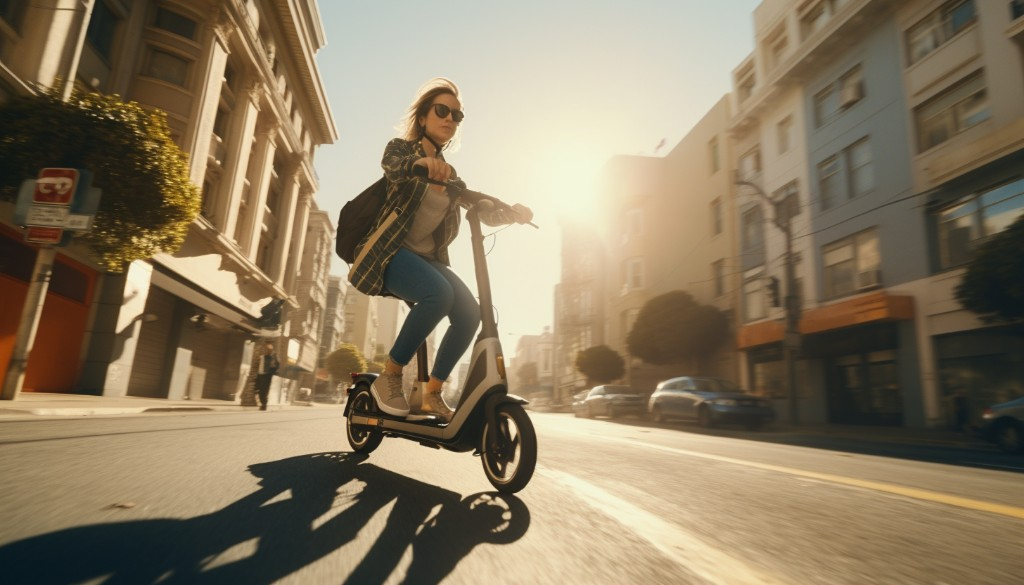
Extending Your Scooter’s Lifespan: Tips to Maximize Battery Health and Efficiency
If you’re a proud owner of an electric scooter, you’re likely well aware that the heart and soul of your two-wheeled ride is its battery. Its longevity, power, and overall health directly influence the performance and lifespan of your electric scooter. With a little care and maintenance, you can keep your scooter’s battery in top-notch condition, just like you would keep a well-maintained garden thriving through diligent watering and sunlight.
Develop Good Charging Habits
First on our list is the development of good charging habits. Avoiding overcharging is the first step towards extending your scooter’s battery life. Imagine a glass of water; if you continue to fill it past its capacity, it will overflow. Similarly, an overcharged battery can lead to a host of problems, such as overheating, swelling, or even a significant reduction in battery life. It’s a good rule of thumb to unplug your scooter once it reaches full charge.
Regular Battery Care
Next, consider regular battery care. Just like how brushing our teeth twice a day is essential for good oral health, regular care for your scooter’s battery can significantly extend its lifespan. Keep the battery clean and dust-free, and store your scooter in a cool, dry place to prevent any potential damage from extreme temperatures or moisture.
Consistent Battery Maintenance
Lastly, routine electric scooter battery maintenance can also significantly boost your the battery life. Regularly check the battery for any signs of physical damage or wear and tear. If you spot any issues, it might be time for a replacement to ensure optimal performance.
Remember, taking these steps will not only extend the lifespan of your electric scooter’s battery but also enhance the overall performance of your scooter.
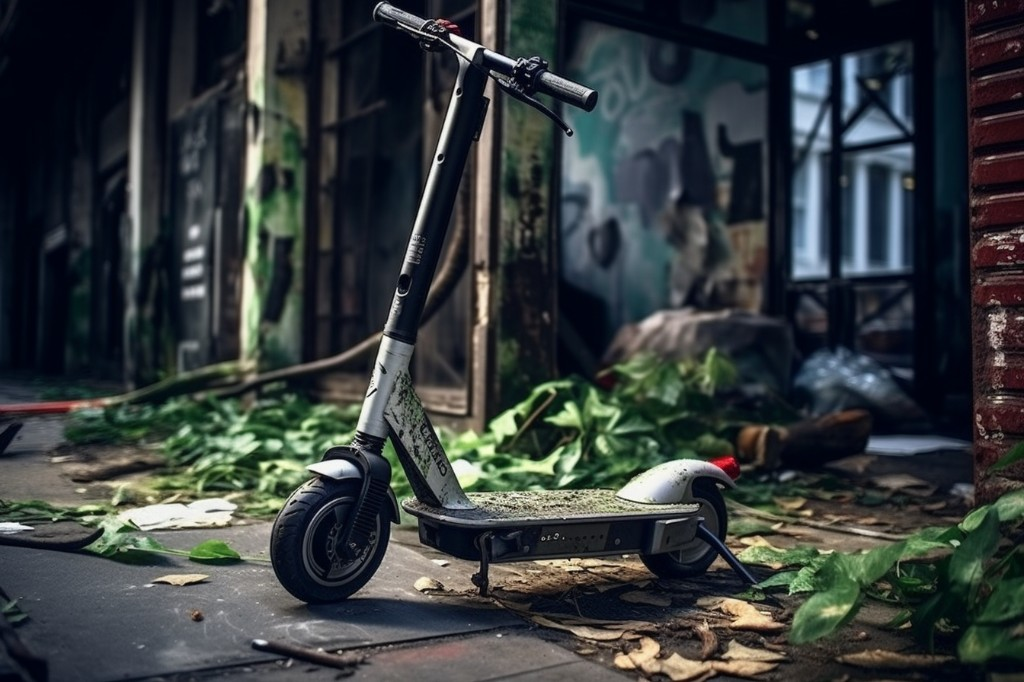
How Battery Technology and Efficiency Impact Your Ride
Battery technology and efficiency play a pivotal role in your electric scooter experience. It’s like the engine in a car or the heart in our bodies – it keeps everything running smoothly.
Advanced Battery Technology
The advancement in battery technology has revolutionized the electric scooter industry. Modern electric scooters are equipped with high-quality lithium-ion batteries known for their longevity and superior performance. They’re like the marathon runners of the battery world, providing you with consistent power for longer rides.
Impact of Battery Efficiency
Battery efficiency, on the other hand, directly influences the range and speed of your electric scooter. Think of it as a fuel-efficient car – the more efficient your battery, the further you can ride on a single charge. An efficient battery can transform your electric scooter from a short-distance commuter to a long-range traveler.
The Role of Battery Health
Moreover, the overall health of your battery can significantly impact your ride experience. A well-maintained and healthy battery ensures that your scooter operates at its peak performance, providing you with smooth, hassle-free rides. It’s akin to maintaining a healthy lifestyle; just as regular exercise and a balanced diet keep us energetic and vibrant, regular care and maintenance keep your scooter’s battery at its best.
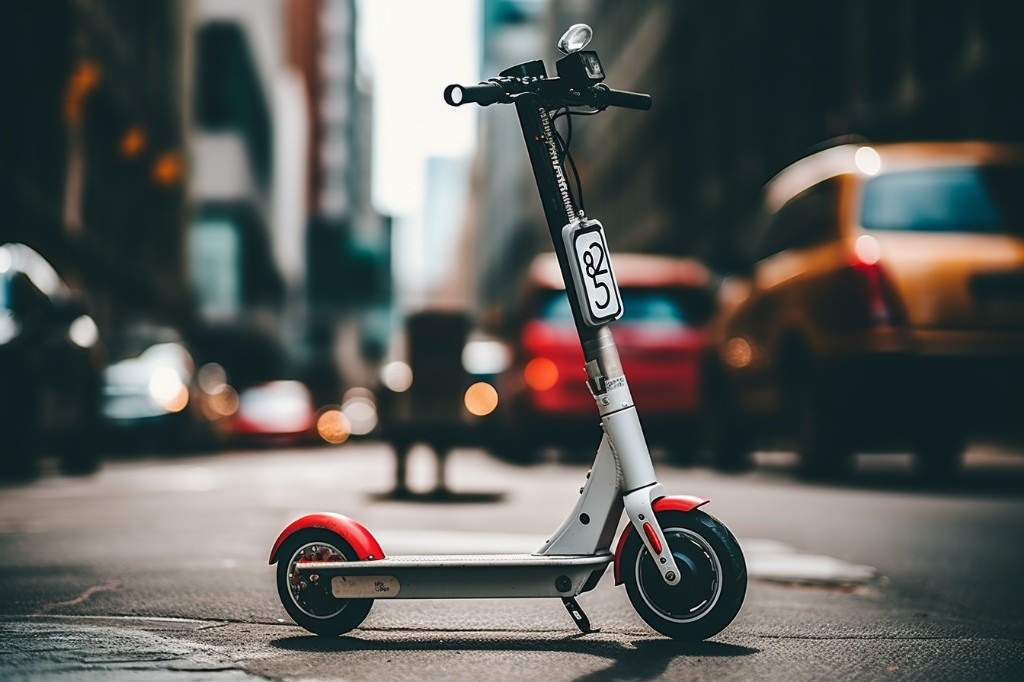
Closing Thoughts
The understanding of electric scooter batteries and their management is critical for the longevity and performance of your scooter. Overcharging an electric scooter comes with severe consequences, such as battery degradation and swelling, which can result in a drop in performance and a potential fire risk. However, these issues can be mitigated through the adoption of best charging practices to prevent overcharging. By maximizing battery health and efficiency, you can significantly extend your electric scooter’s lifespan and enjoy a more satisfying riding experience. In essence, proper battery care is an indispensable aspect of owning and maintaining an electric scooter, which can lead to a smoother, more enjoyable ride.
Frequently Asked Questions
How long should I charge my electric scooter?
The charging time for an electric scooter varies depending on the model and battery size. However, most scooters typically take between 4 to 6 hours to fully charge. It’s crucial not to leave the scooter plugged in longer than necessary to avoid overcharging.
What are the signs of overcharging an electric scooter?
Signs of overcharging an electric scooter include a decrease in overall performance, a reduction in travel range, and the battery becoming excessively hot during or after charging. In severe cases, you might notice the battery swelling or even catch fire due to overheating.
How can I prevent overcharging my electric scooter?
To prevent overcharging your electric scooter, it’s recommended to use a timer or smart plug that automatically cuts off power when the charging time is up. Also, avoid leaving your scooter plugged in overnight or for extended periods when not in use.
What happens if my electric scooter battery swells?
If your electric scooter battery swells, it’s a sign that the battery has been damaged, usually due to overcharging. This can pose a significant safety risk, including potential fire hazards. You should stop using the scooter immediately and seek professional help for battery replacement.
How can I extend the lifespan of my electric scooter battery?
To extend the lifespan of your electric scooter battery, avoid overcharging and complete discharging. Also, try to keep the battery at room temperature as extreme temperatures can affect its performance and lifespan. Regular maintenance and care, such as cleaning the battery contacts, can also help prolong its life.
